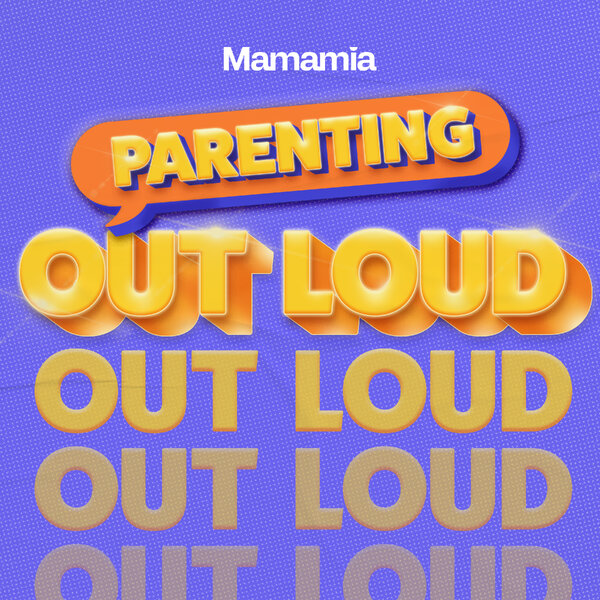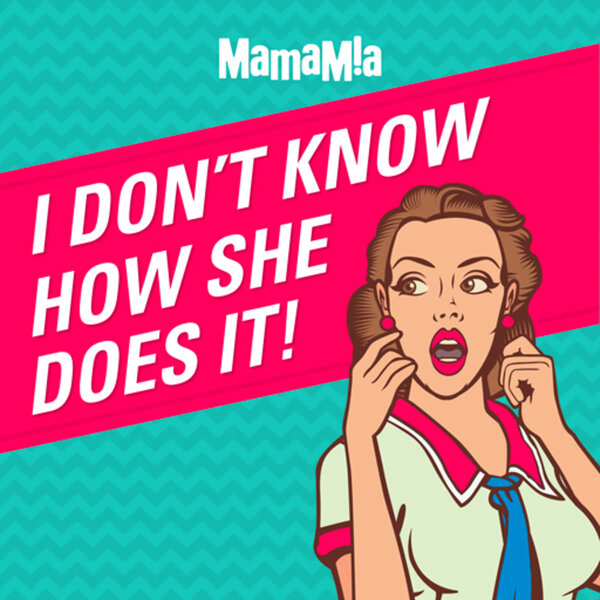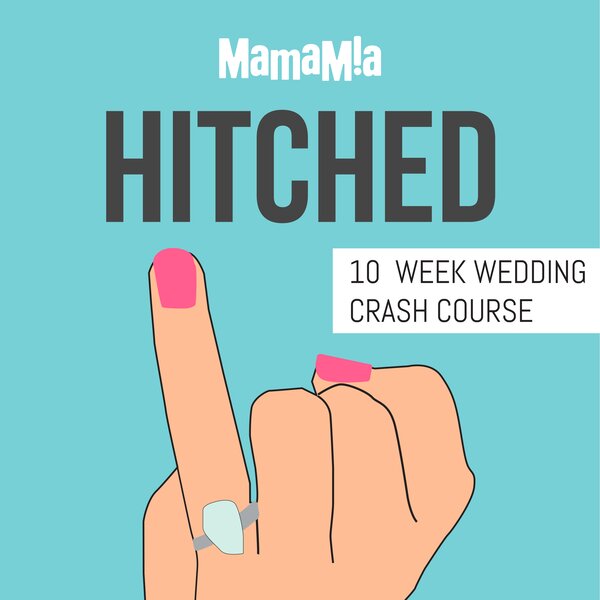
If you want to support independent women's media, become a Mamamia subscriber. Get an all-access pass to everything we make, including exclusive podcasts, articles, videos and our exercise app, MOVE.
By the time you've walked four meters, I've already judged you.
Not in the moral panic sense, not with biblical wrath or a clipboard of social metrics. No, I'm talking about the walk. The sidewalk. The way you navigate public pavement says more about your inner life than your dating app bio ever could.
There's a whole unspoken social contract underfoot, and the way you walk (or more damningly, don't) tells me everything I need to know about who you are, who raised you, and whether I'd trust you to look after my houseplants.
Watch: What's the most backhanded compliment you've ever received? Post continues below.
We speak often about "reading the room."
I say: read the sidewalk. Who yields? Who doesn't? Who adjusts their path for the woman with a pram, the old man with a limp, or the teenager trying not to trip over their own limbs? These moments, fleeting and forgettable, add up. They're the punctuation marks in our urban narratives.





























































































